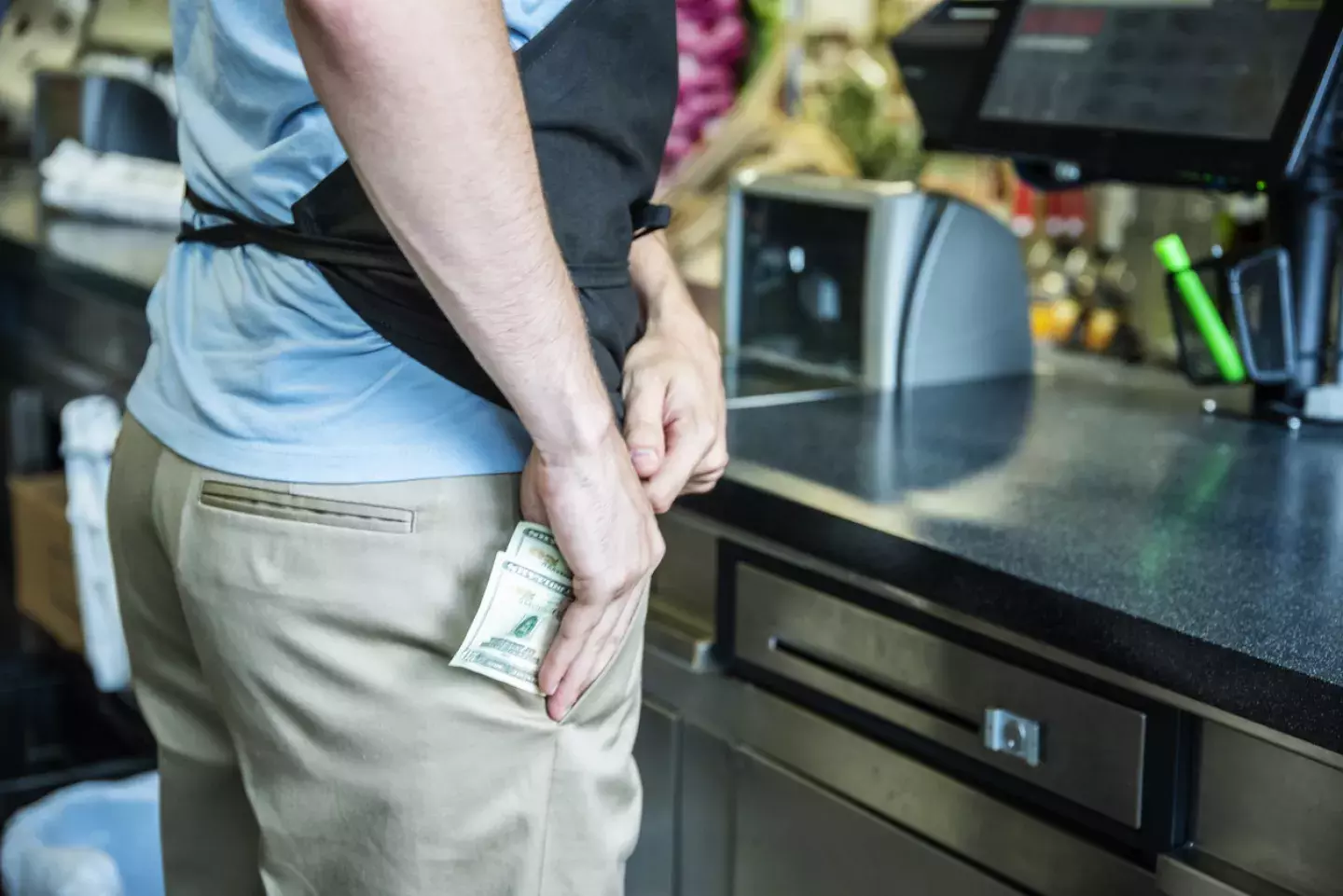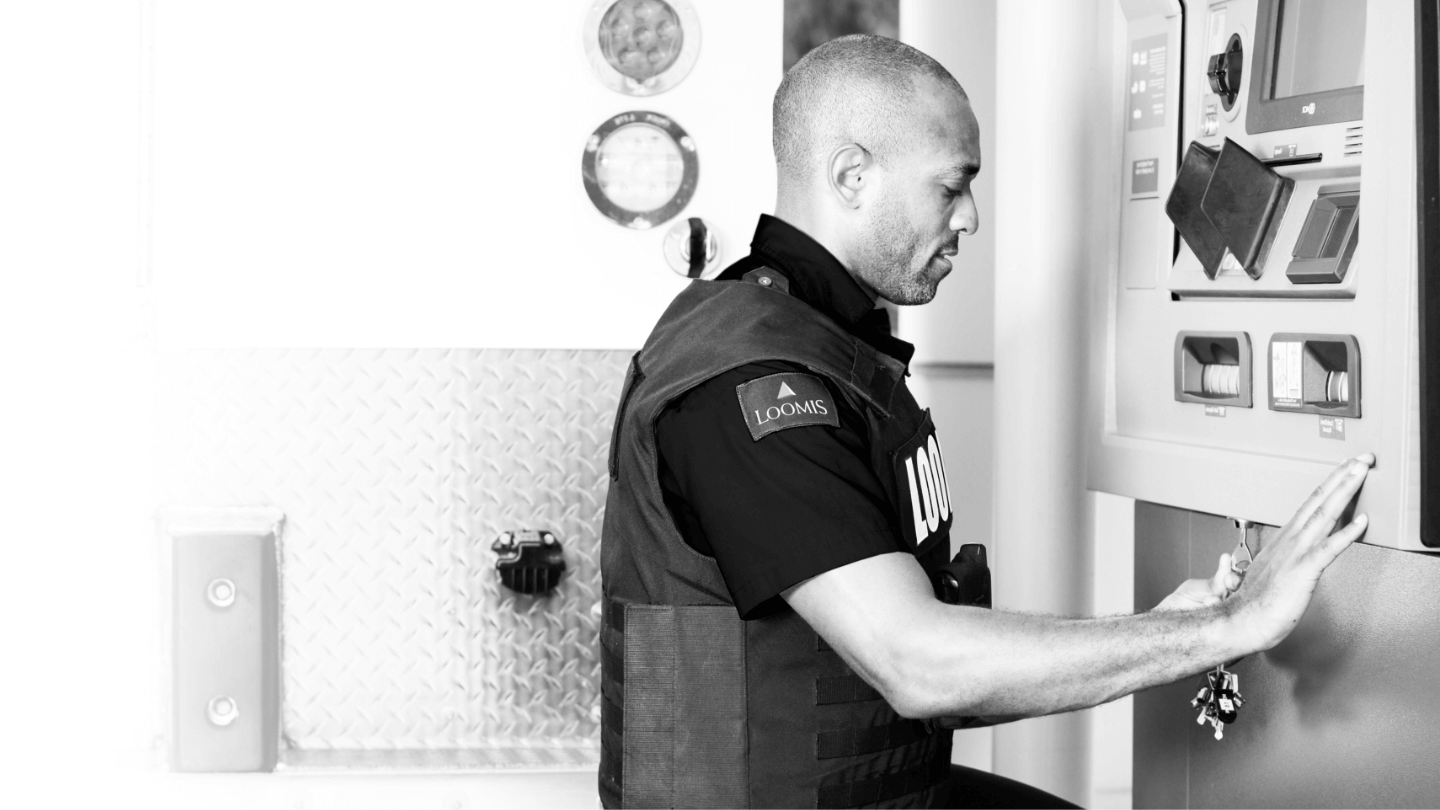Five Types of Restaurant Theft and How to Prevent Them

From Kickfin.
Any restaurant owner or operator will tell you that restaurant theft is a huge problem facing the industry. While restaurants put many practices, policies, and procedures in place to prevent loss as much as possible, restaurants could always be doing more. Overall, 95 percent of all businesses suffer from theft in the workplace.
Restaurant theft could be harming your business in more ways than one. Let’s break down the five different forms of theft your restaurant could be facing:
1. Food and inventory theft
This type of theft may seem harmless at first. One “free” meal for a friend or family member here or there or taking leftovers home at the end of the evening. However, this can be more serious like taking supplies off delivery trucks that could negatively impact inventory. In fact, the National Restaurant Association reports that 75 percent of inventory shortages happen because of restaurant theft.
2. Point-of-sale (POS) theft
POS theft is serious. This could be as obvious as taking cash out of the register, or improperly ringing up items and pocketing the difference.
3. Accounting fraud
This can be a lot harder to spot, especially since you may have outsourced your accounting to a bookkeeper. This looks like underreporting earnings, skimming cash, setting up fake accounts, or manipulating the books in some way — and if caught, can lead to jail time for embezzlement.
4. Intellectual property theft
Many restaurant owners and operators spend years perfecting their menus and recipes. There is an unfortunate risk when employees or chefs leave and go to a new restaurant or start their own.
5. Time theft
According to Connecteam, the average employee steals 4.5 hours of work each week from their employer. This can be due to an employee forgetting to clock out, taking unscheduled breaks, arriving late or leaving early, and even “buddy punching,” which is when another coworker clocks another employee in or out.
While not all restaurant theft can be eliminated, it can be deterred by putting in place the proper safeguards and policies and investing in the right kind of technology. Here are four ways restaurants can avoid theft:
1. Pay your employees well and on time
Wage theft is when employers hold out wages or don’t pay their workers in full. The best way to prevent theft is to make sure that your employees are paid on time and treated fairly. Many restaurants have even started offering health insurance and paid time off to both full- and part-time employees in an effort to keep them happy. Don’t forget, that technology can also be leveraged to create a better employee experience. Click here to learn more.
2. State expectations and policies upfront to employees
Some restaurant theft isn’t done maliciously. Comping meals, snacking on inventory, clocking in or out a few minutes early or late, and taking unscheduled breaks are generally not meant to hurt the restaurant. The best way to prevent this kind of theft is to be very clear during employee training about the policies and expectations when it comes to these types of actions that can negatively impact the restaurant.
3. Take advantage of technology
There are many approaches and technologies available for restaurants looking to reduce theft in their stores. A restaurant can leverage AI accounting software that detects fraud patterns, and inventory management software, and even install more security cameras in places where theft can likely occur. Installing smart safes and cash recyclers is another option for restaurants to reduce theft. They allow restaurants to keep cash safe in the store until an armored car picks up the cash, and restaurant owners can benefit from accelerated deposit credit - once the money is deposited into the safe then it is as good as money in the bank. However, one of the most valuable features they offer is the insight restaurant owners can receive about the cash in their stores. Each employee is assigned a specific PIN number that must be used when putting cash in the safe. It shows the exact date and time, as well as how much was deposited and by which employee.
4. Reduce and secure cash-on-hand
Along with using a smart safe or recycler to ensure cash-on-hand is secure and properly accounted for. Another way restaurants can reduce theft is by reducing the cash-on-hand at the store. Kickfin’s software allows restaurant owners to minimize cash touchpoints, increase visibility into tip payments and tracking, and eliminate the need for managers to make bank runs late at night which also keeps employees safe, too.
To learn more about how Loomis’s Titan smart safes or cash recyclers can help you prevent restaurant theft, click here. And don’t forget to check out Kickfin’s digital tipping solution here.
Find out how we can help with your cash management.
Contact Us